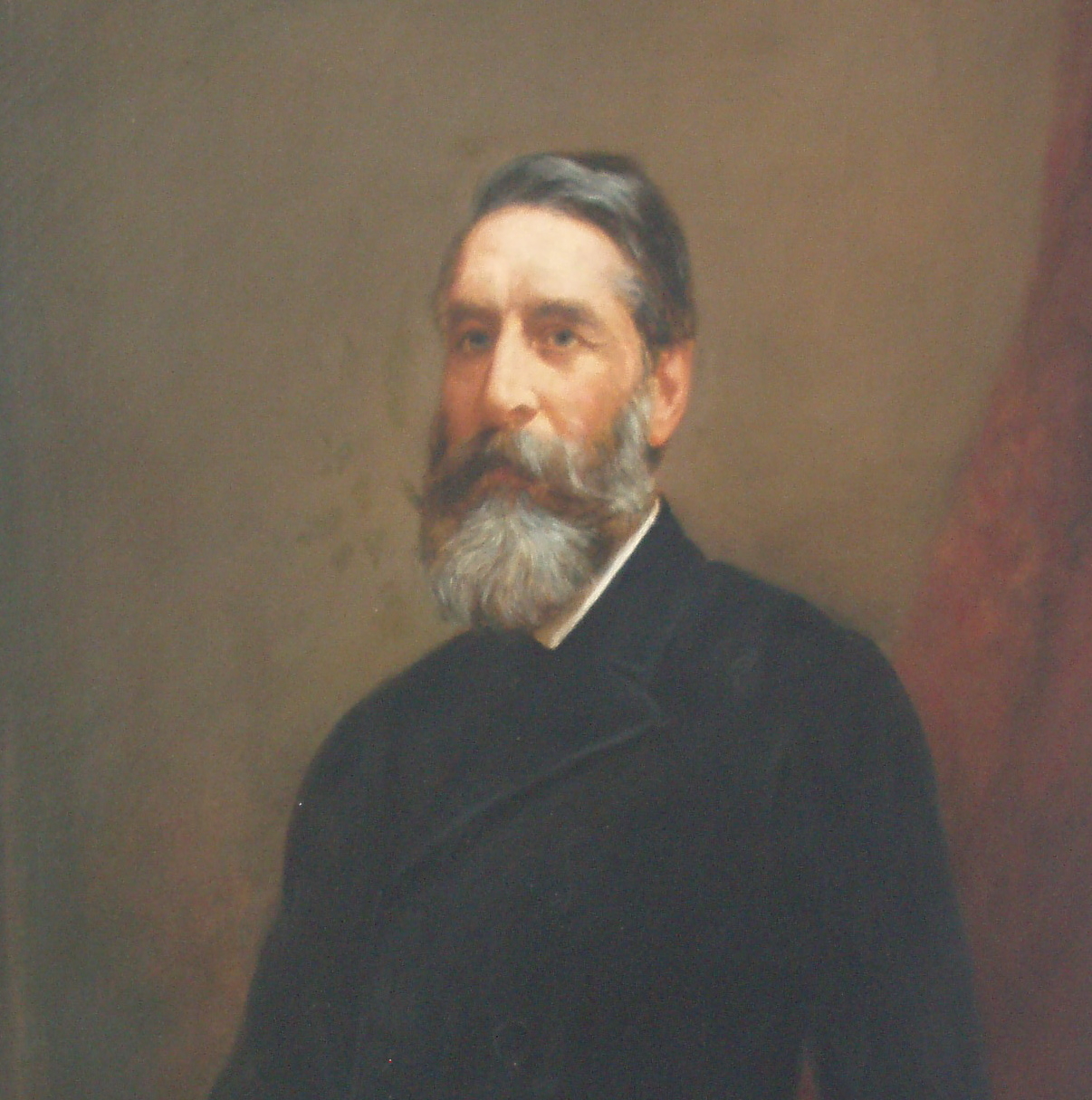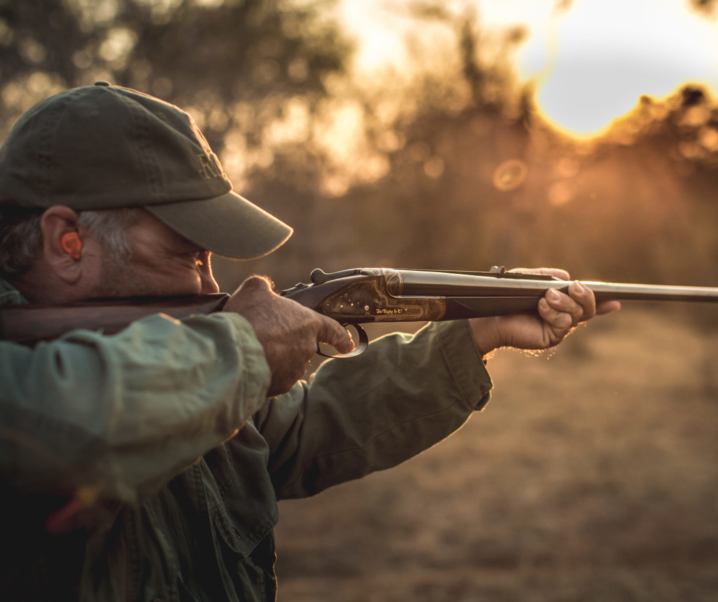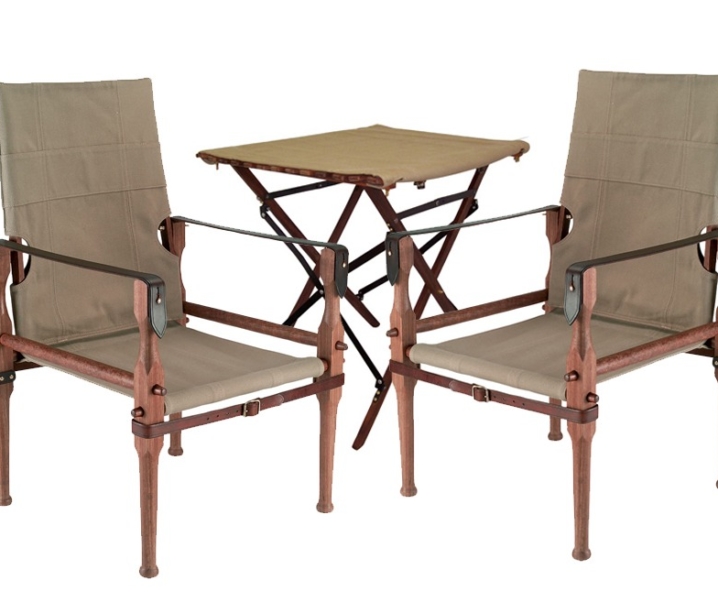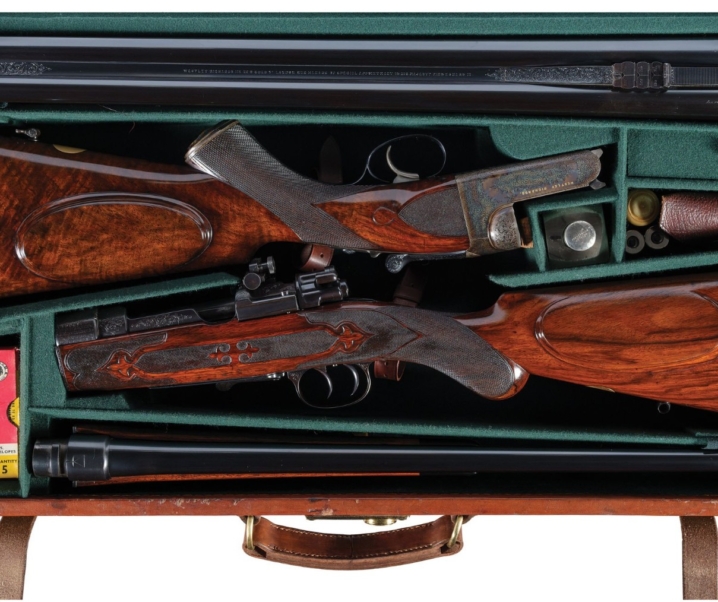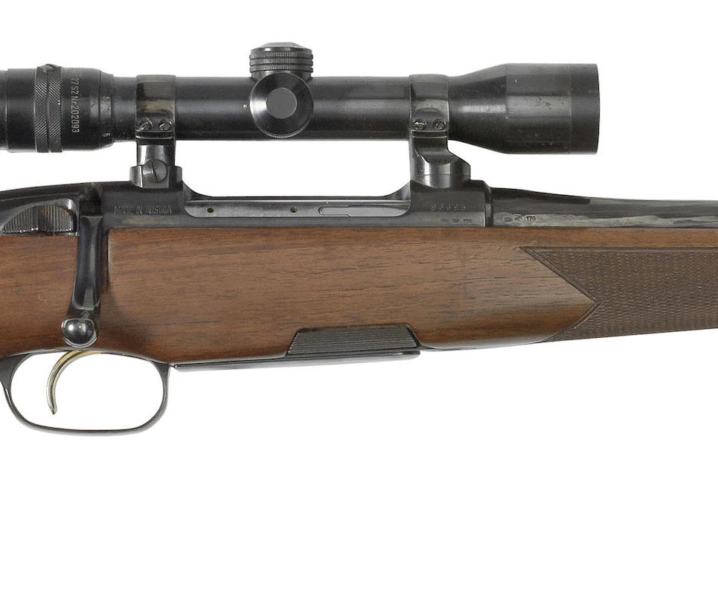James Paris Lee was the creator of a series of rifles that were used in the major events of world history including both world wars, not to mention the relief of Peking during the Boxer Rebellion in China, and Indian wars in the United States to name few of many. Born in Hawick, Scotland Lee’s family emigrated to Canada in 1836 when he was just four years old. Like most boys young James Lee was interested in guns and living in Canada there was no shortage of guns and bits of old guns around so at the age of twelve, in around 1844, James decided to try his hand at making a gun of his own. This was the era of Mark Twain’s “Tom Sawyer and Huckleberry Finn” so this is exactly the sort of project we might have expected a young Tom Sawyer to embark on. James Lee got his hot little pre-teen hands on a barrel from an old muzzle loading horse pistol, carved a wood stock for his gun out of a nice piece of walnut he managed to scrounge, and fashioned himself a lock mechanism which included a flash pan made by beating out a copper half penny. James gun did not fire reliably but it got him started, he’d been bitten by the “Gun Bug” and that early effort would lead to him making a career as a rifle designer, rifles that would play their part in shaping the history of the world.

James Lee married Caroline Chrysler (of the family that would give its name to Chrysler Corporation) and they moved from Canada to Wisconsin in the United States in 1858 where they had two sons, William (born in 1859) and George (born in 1860). By this time James Lee’s firearms designs had matured well beyond his home made horse pistol he’d experimented with as a twelve year old and he presented the US military with a design for a breech loading vertical action modification of the muzzle loading Springfield rifle.
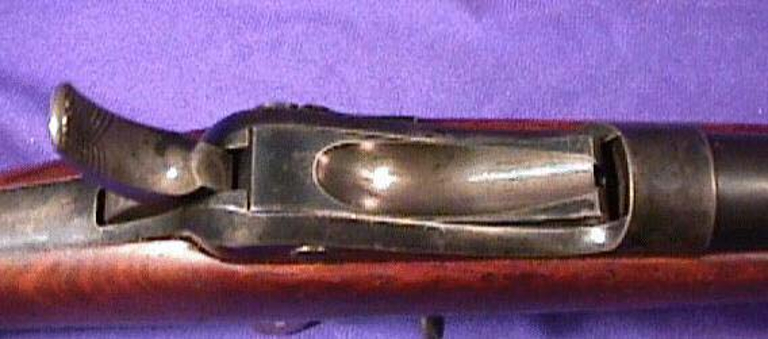
The US Army was impressed with James Lee’s design and placed an order for a thousand of these rifles. Unfortunately there was a mis-match between the rifles Lee manufactured and the ammunition intended to be used with them so the order was cancelled with only two hundred of Lee’s breech loading Springfields made. If you find one of these, preferably in good shape, they are a rare collector’s item.
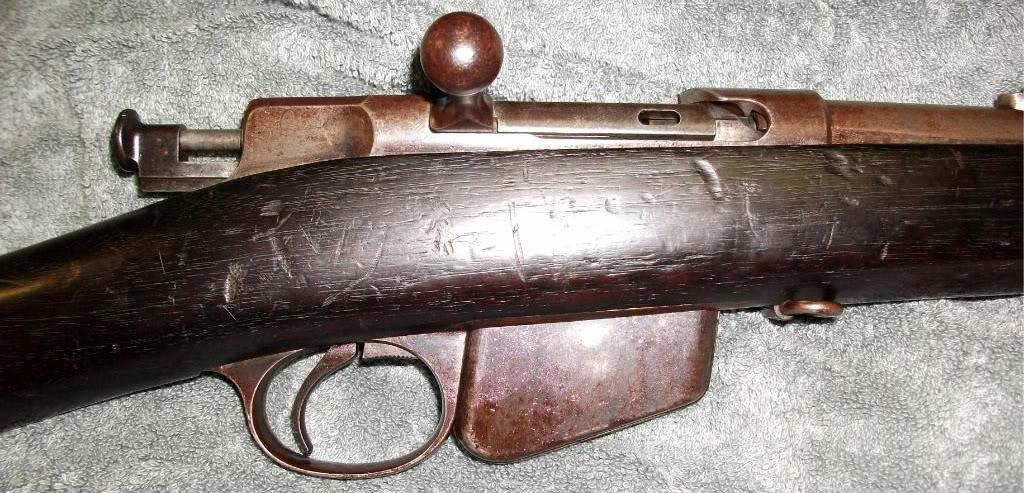
The Civil War came and passed and James Lee spent time in his workshop thinking about practical rifle designs for combat use. When we look at how James Lee’s rifle designs would develop we can see that his thinking was very much shaped by the need to create an efficient combat rifle. He analyzed what attributes a rifle would need to best suit it to the use of the rough and ready soldiery in situations where their lives would be on the line and he created his combat rifles accordingly. It was later said of his Lee-Enfield rifle as troops headed off to the trenches of World War I that “the Germans went to war with a hunting rifle, the Americans went to war with a target rifle, and the British went to war with a combat rifle”. The Lee-Enfield would come to be called “the best combat bolt action rifle ever created”. The beginning of what was to become the legendary Lee-Enfield began in 1879 when Lee’s first commercial bolt action military rifle was put into production.
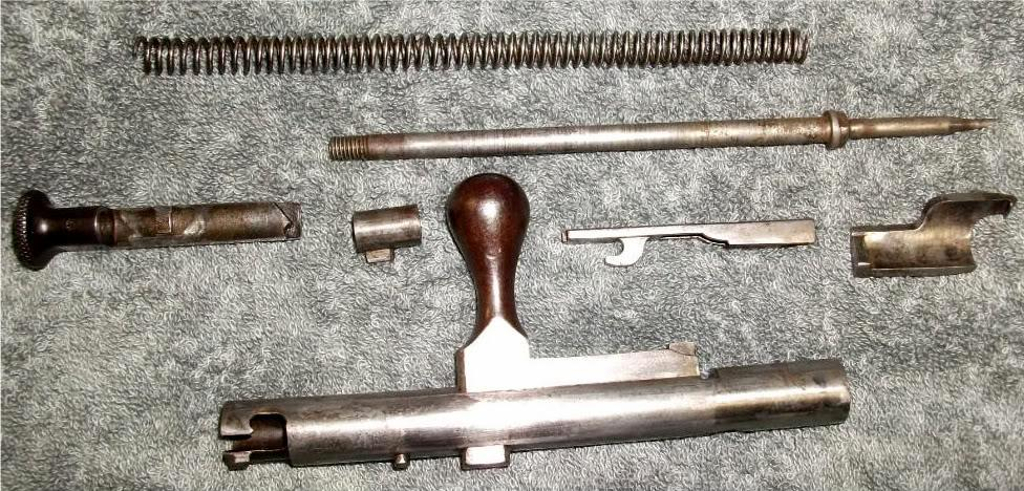
When we look at the 1879 Lee we see the grand daddy of the Lee Enfield. It not only looks like a Lee-Enfield but its basic design and structure are very much Lee-Enfield. The bolt was a rear locking twin lug one piece unit with the anti-bind rail, one rear lug and the bolt handle all in one. The bolt was designed so it could be stripped completely in the field without the need for small tools that tend to get lost. This was necessary not only for field repairs but also because back in 1879 everyone was still using black powder and black powder requires plenty of regular cleaning of your rifle if you expect it to function properly. The 1879 was chambered for the 45-70 Government cartridge.
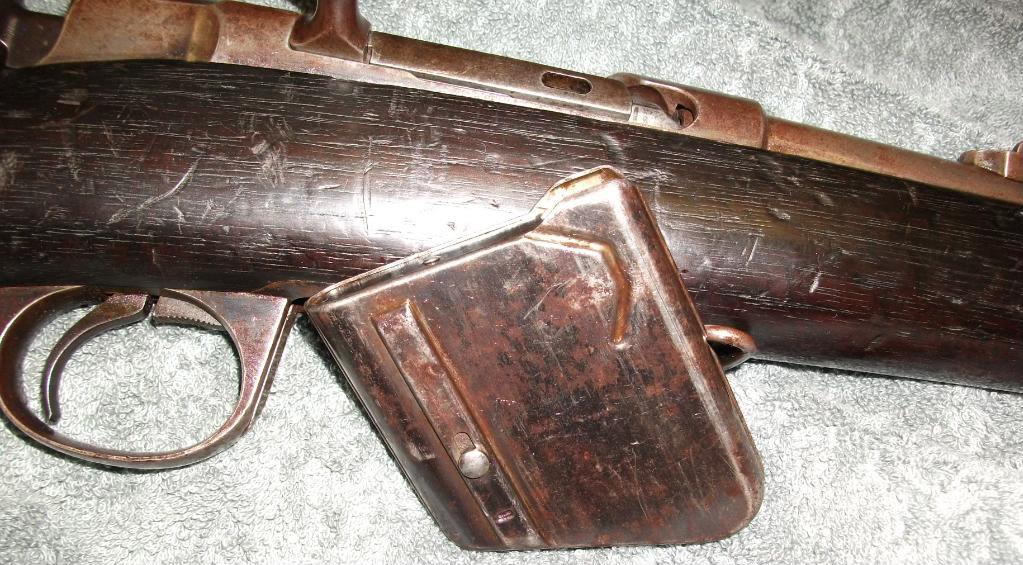
James Lee did not stop with creating an excellent and field strippable bolt action however. His piece de resistance was his creation of a detachable single column 5 round magazine. This design feature would carry on into the later Lee-Metford and Lee-Enfield but with double column design and 10 rounds capacity. Lee’s 1879 magazine incorporated some clever features including the ability to have the magazine out of the rifle yet still safely single load it. In the 1879 rifle this was enabled by the fitting of a single loading platform that would extend to fill the magazine well when the magazine was removed and that would retract when the magazine was inserted.
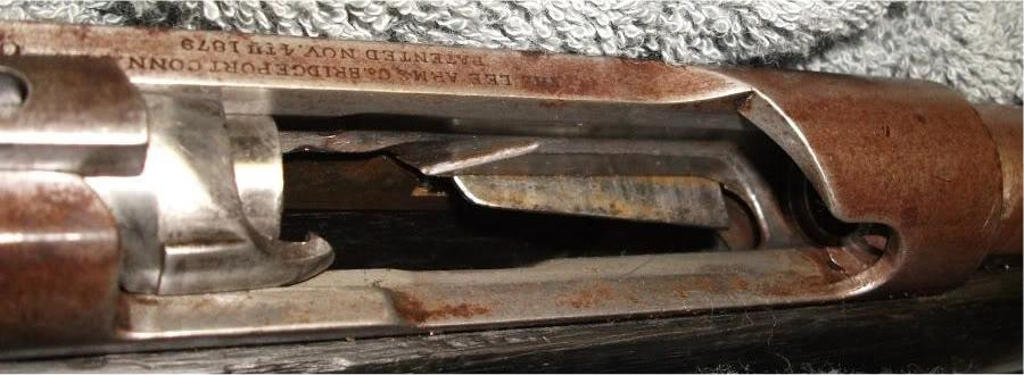
For those interested in a comprehensive set of pictures of a Lee 1879 on milsurps.com click here.
The 1879 rifle was just the beginning and working with the same basic design James Lee made improvements in his upgraded models of 1882 and 1885. At this time the rifles were being manufactured by Remington who were going through financial difficulties that led to the company going into receivership. Remington was re-structured and survived that time and continued in business. By the time of the Remington Lee of 1885 there were some excellent improvements to the design. The bolt handle was moved to the rear of the bolt and was no longer one piece with the right locking lug and anti-bind rail; this made cycling the action easier and faster. The bolt throw was only 60° and with the cock on closing mechanism the Lee action of 1882/1885 was the fastest bolt action available and was destined to remain so. The bolt was also now fitted with a separate bolt head. There was no safety catch; the “safe” being achieved by having a half cock on the striker. The magazine remained single column but the magazine spring was of a flat coiled type that improved its function.

With the improvements to Lee’s original design made in the models M1882 and M1885 we arrive at the creation of the Lee-Enfield’s predecessor the Lee-Metford.
The Lee-Metford came into being when the British examined the M1882 Remington-Lee and decided to put it through eight years of tests and trails. The Lee testing was highly successful and the British decided it would be the best replacement for their single shot Martini-Henry rifles but with some improvements inspired by the trials.
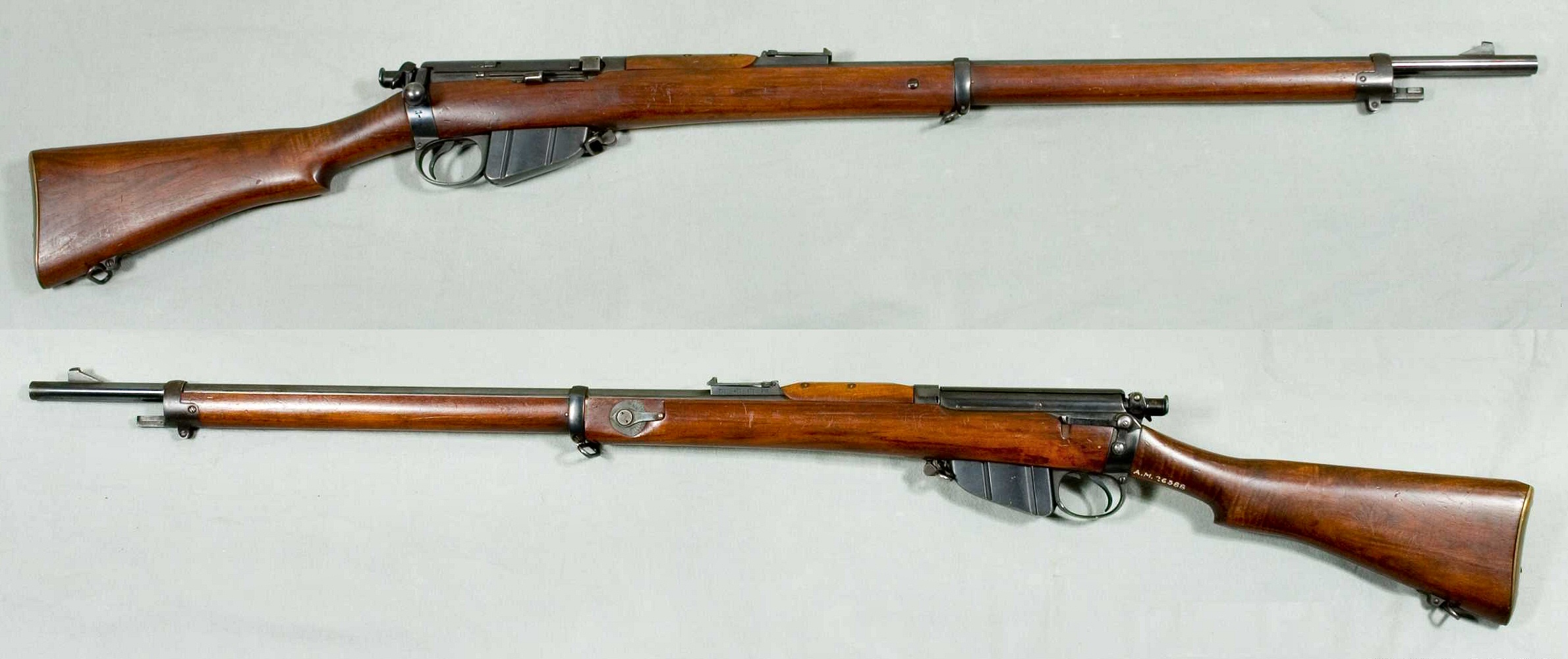
The Lee-Metford was officially adopted by the British in 1888. One weakness of the original Lee action was that it did not have a recoil lug on the action and so the rifles could be prone to stock splitting. With the move to smokeless powder it became more pressingly necessary to fix this problem and the British fix was to use a two piece stock design giving the action its characteristic “action band” that we would see on the later Lee-Enfield. Early model Lee-Metfords had a single column eight round detachable Lee box magazine but this was changed to a staggered column ten round magazine early on. The Lee-Metford was also provided with a safety catch. At the time the Lee-Metford was adopted the British were making the change from black powder to smokeless “Cordite” but the manufacturing supply chain to supply Cordite was not yet fully developed so the early .303 British ammunition was filled with black powder. The decision was made to use the polygonal rifling designed by William Ellis Metford. This rifling had acquired a very high reputation amongst British target shooters and so it seemed a natural choice for the military rifle. As the transition to smokeless Cordite was made however it was found that the Metford rifling was hard to clean and became worn out after about 6000 rounds rendering it too high maintenance for a military rifle. This then led to the adoption of the Enfield rifling.
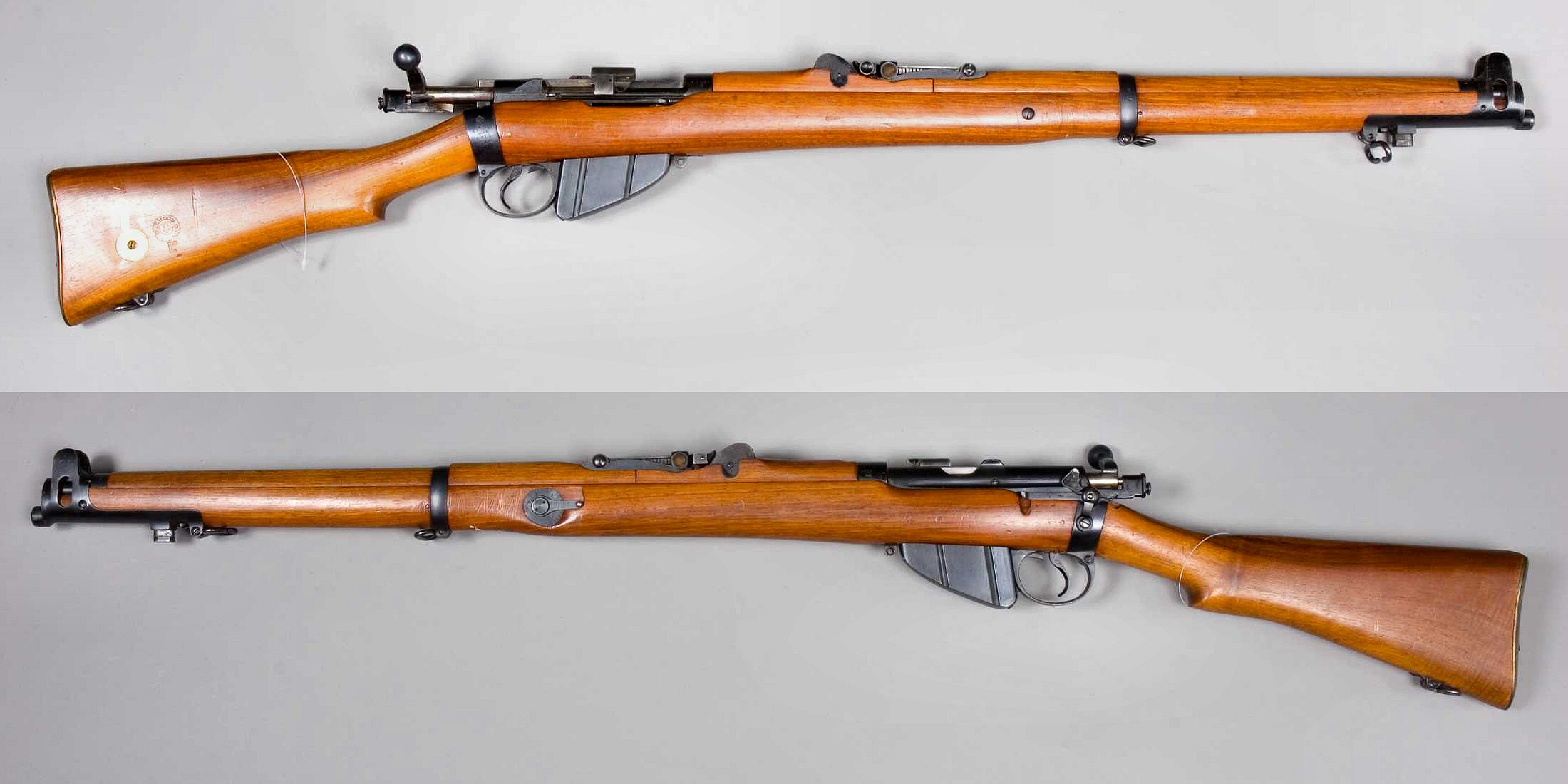
The Lee-Enfield was introduced in 1895. This first model was named the “Magazine Lee-Enfield” or “M.L.E” which officers and men quickly christened “Emily”. The rifle appeared just in time to be used in the Second Boer War from 1899-1902. This was the conflict that decided the British that their original loading for the .303 British cartridge which fired a heavy round nose bullet at a shade over 2000fps was putting British troops at a severe disadvantage to the Boers who were using Mauser 98 rifles chambered for the 7x57mm using pointed “Spitzer” bullets at rather higher velocity. The British made the change to a 144 grain spitzer bullet at higher velocity to re-gain some advantage. The Short, Magazine, Lee-Enfield, Mk I was adopted in 1904 and was fitted with a stripper clip bridge to enable stripper clip loading. James Lee had been one of the pioneers of using stripper clips for speedier loading so it was fitting that these appeared on military Lee rifles. The soldiery found the full name of the rifle a bit too long and as its name was abbreviated S.M.L.E. they decided to just call it the “Smelly”. The Enfield rifling proved its superiority with the jacketed bullets and hot burning Cordite of the new .303 British ammunition.

By 1906 the Short, Magazine, Lee-Enfield Mk II was introduced and quickly after it the Mk III in 1907 along with the Pattern 1907 bayonet, the Lee rifle that was to be the mainstay of the British Army through both the First and Second World Wars. This was the rifle and the bayonet that were used in the last successful cavalry charge in history. The charge took place on 31 October 1917 and was carried out by 800 Australians of the 4th Light Horse Regiment against Turkish troops equipped with artillery, machine guns and Mauser 98 rifles, at Beersheba (which was Abraham’s well). So James Lee’s rifle features in the last successful cavalry charge in history as well as in a great many other historic events.
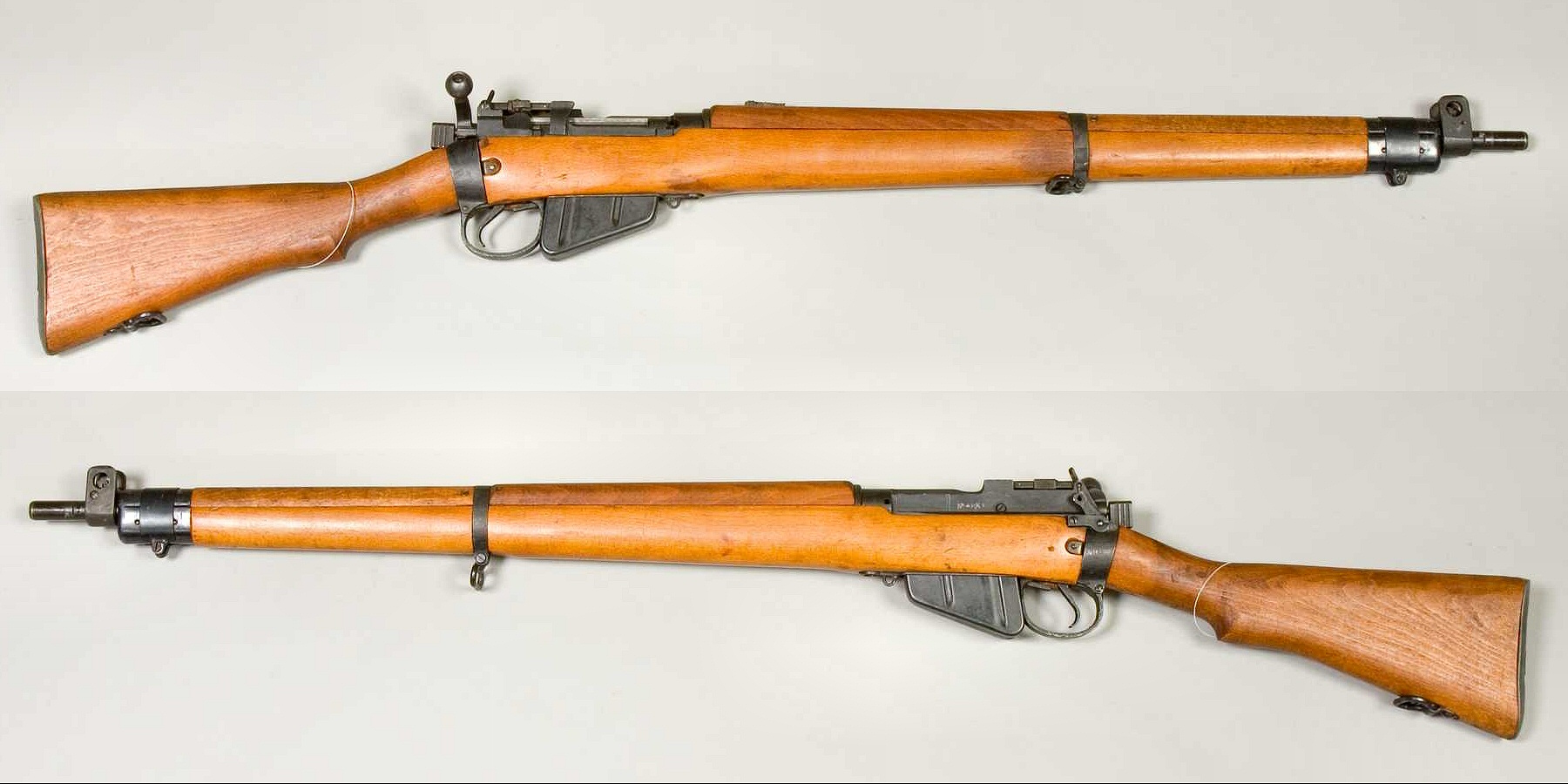
The last major variant of the James Paris Lee’s rifle was the Lee-Enfield No. 4 rifle and its No. 5 “Jungle Carbine” sibling. these were introduced in 1931 trials and then entered full production in 1942 when the Second World War was taking the world through some of its darkest hours. The No. 4 rifle was a re-design of James Lee’s original action to make it stronger and easier and cheaper to manufacture.
James Lee’s action did not end at the end of the Second World War however as NATO was formed and nations sold off their Lee Enfields and other bolt action rifles as surplus whilst they went out and bought self loading rifles just as quickly as they could. But in Britain the new automatic rifle was not accurate enough for sniper use and Britain did not have the large quantities of cash to buy expensive specialist sniper rifles. The solution for cash strapped post war Britain was to convert Lee-Enfield No. 4 rifles into specialist sniper rifles designated the L42A1 and chambered for the 7.62 NATO cartridge. These proved to be excellent and were kept in service until 1993.

James Paris Lee passed away in 1904 and so did not see his rifle design fulfil its role in the protection of humanity from the Nazis and their aspirations for a totalitarian world government and for the creation of a “super race” of human beings. Back when he was a twelve year old boy busily designing and making his own “horse pistol” he could never have known what a vital contribution he would make in saving the world from utter darkness.

Jon Branch is the founder and senior editor of Revivaler and has written a significant number of articles for various publications including official Buying Guides for eBay, classic car articles for Hagerty, magazine articles for both the Australian Shooters Journal and the Australian Shooter, and he’s a long time contributor to Silodrome.
Jon has done radio, television, magazine and newspaper interviews on various issues, and has traveled extensively, having lived in Britain, Australia, China and Hong Kong. His travels have taken him to Indonesia, Israel, Italy, Japan and a number of other countries. He has studied the Japanese sword arts and has a long history of involvement in the shooting sports, which has included authoring submissions to government on various firearms related issues and assisting in the design and establishment of shooting ranges.

